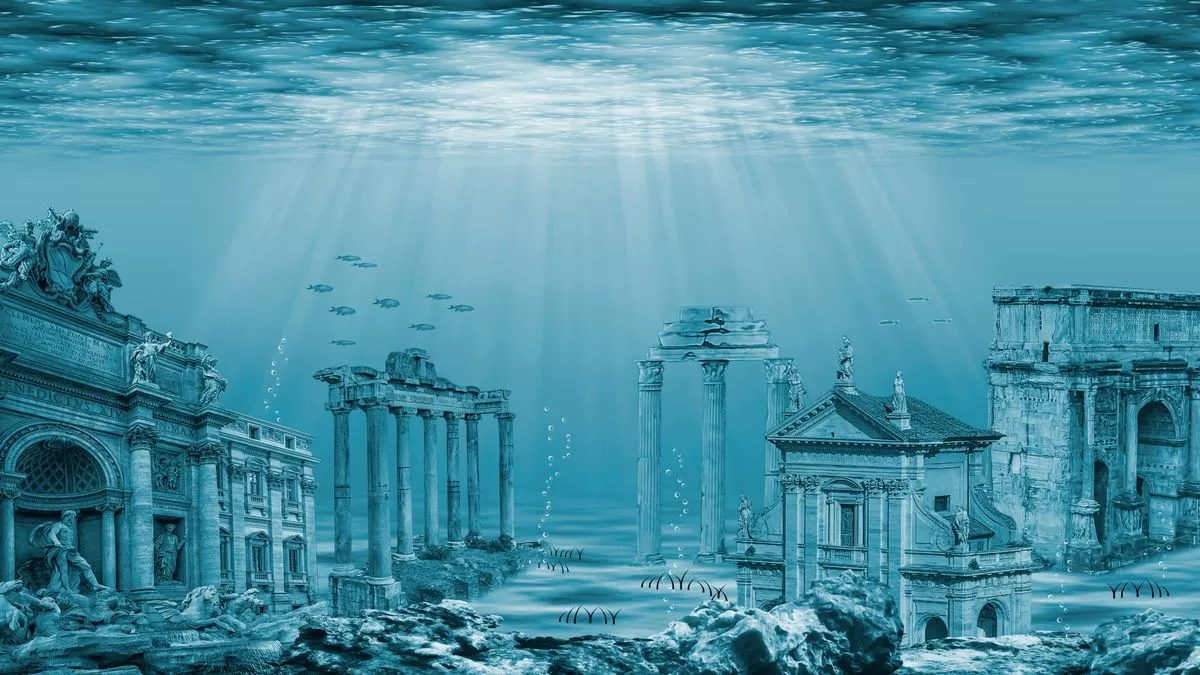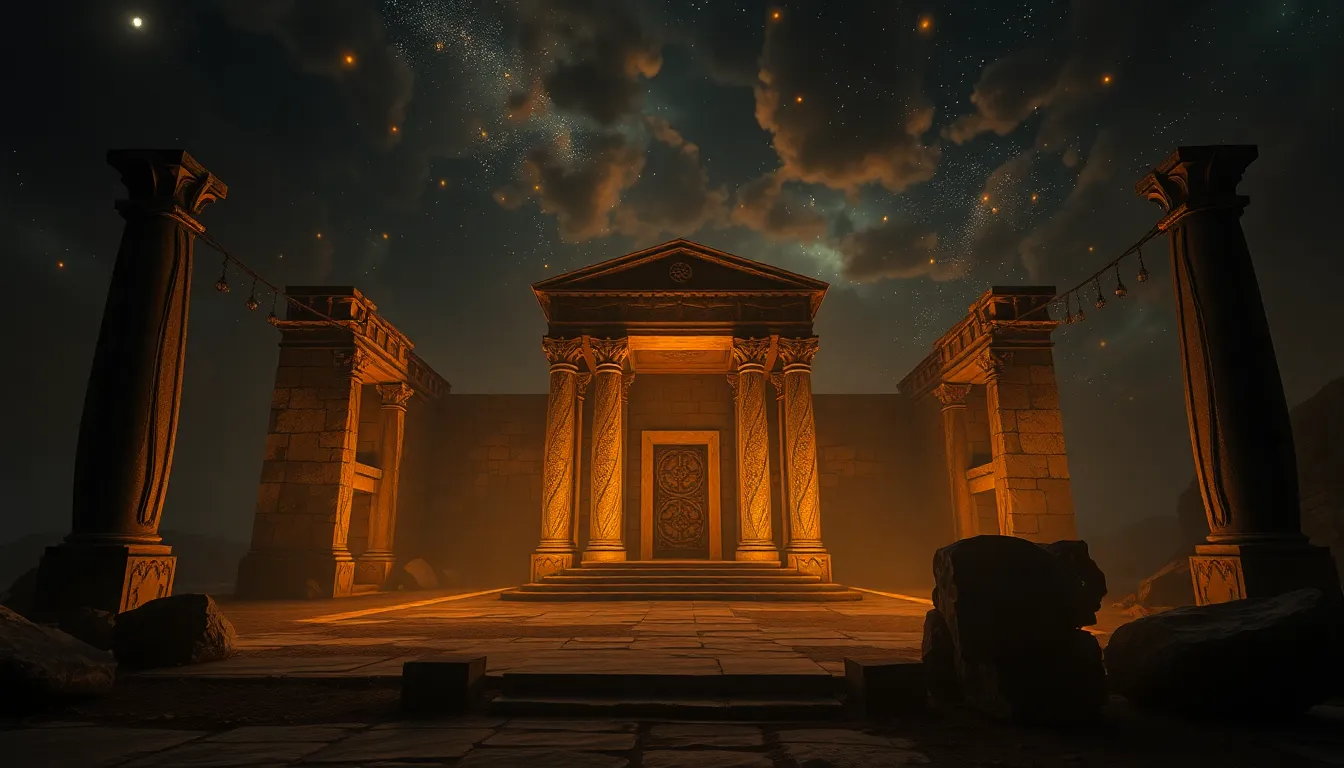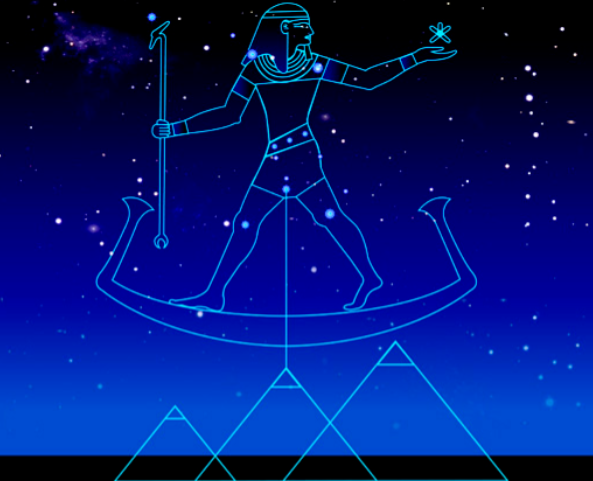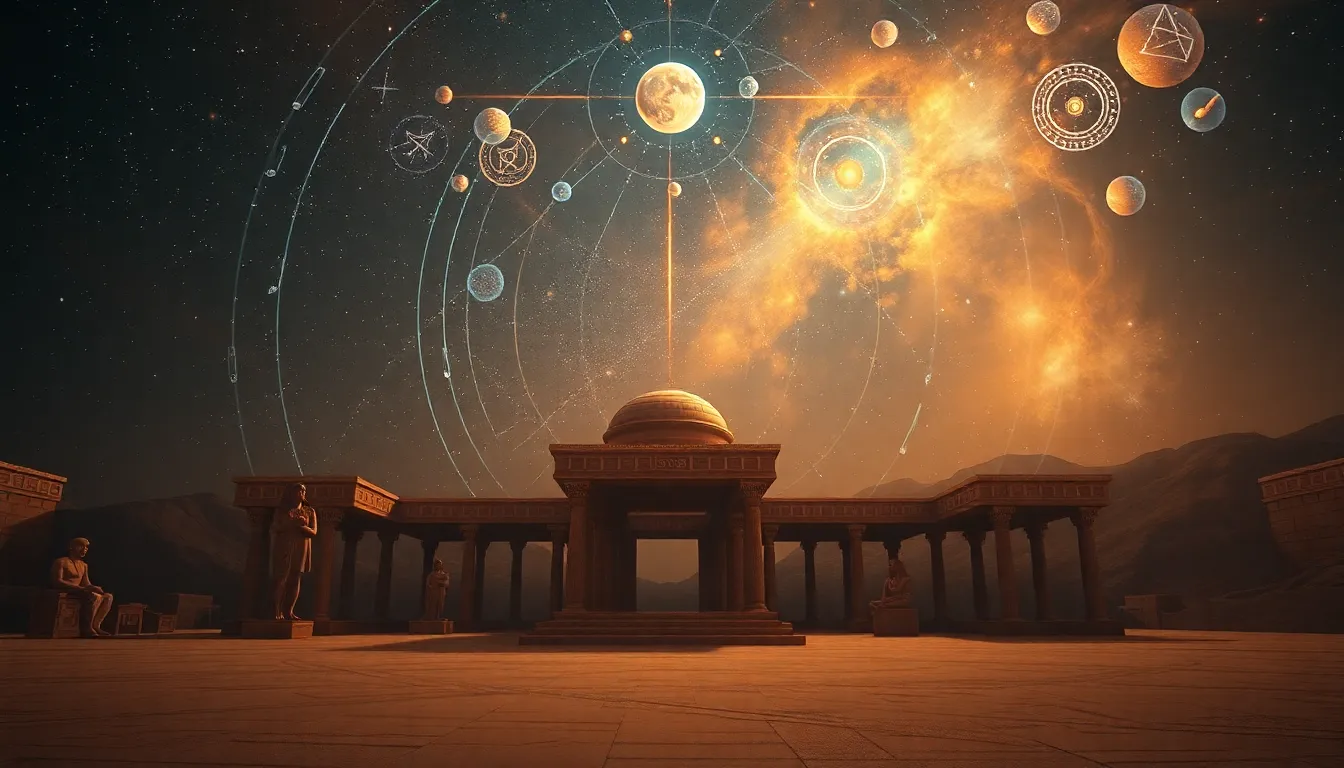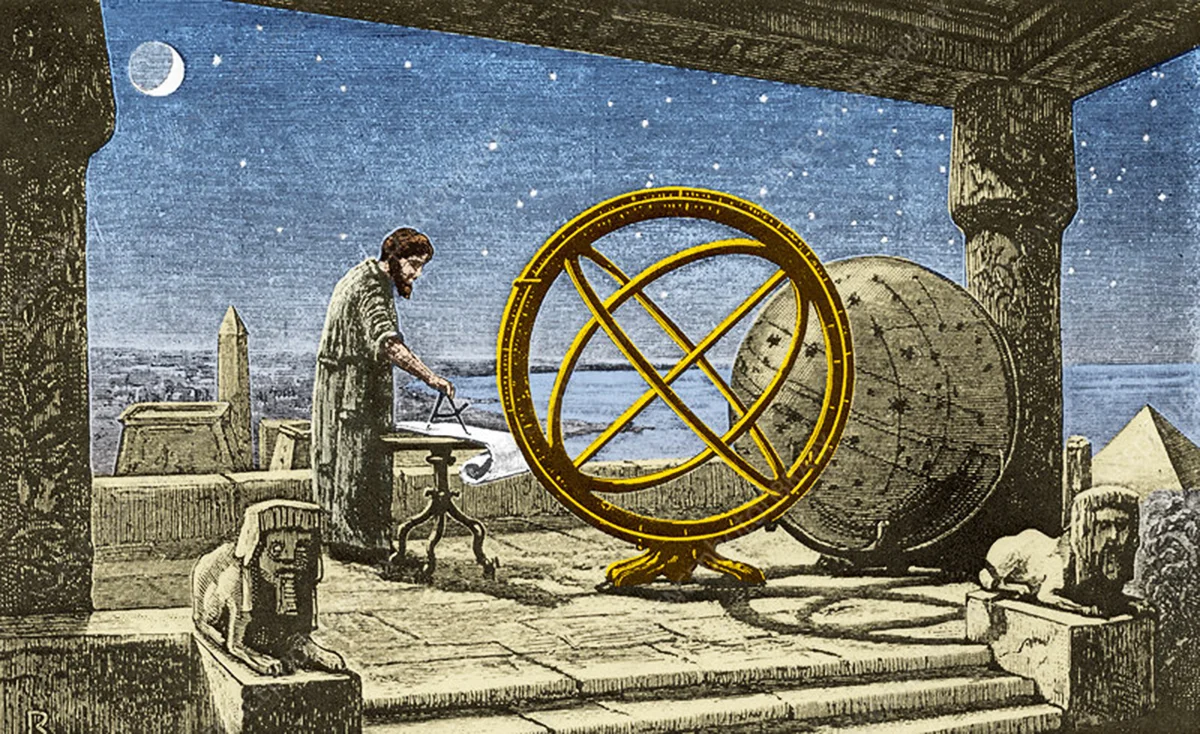Sunken Worlds Beneath the Waves: Tracing Lost Civilizations Below the Sea
Oceans cover more than 70% of our planet, yet they remain Earth’s least explored frontier. Beneath the waves lie not only natural wonders but also evidence of lost worlds — landscapes once home to thriving human communities before rising seas swallowed them.
Could these submerged ruins be the remnants of forgotten civilizations that flourished before the end of the last Ice Age?
When the Seas Rose
Around 12,000 years ago, as the last Ice Age drew to a close, glaciers that had covered vast parts of the Northern Hemisphere began to melt. Sea levels rose by over 120 meters (400 feet), flooding continental shelves and coastal plains that had been dry land for millennia.
Entire regions — once fertile, populated, and connected — vanished beneath the waves.
It’s not surprising, then, that nearly every ancient culture preserved memories of a great flood:
-
The Sumerian and Biblical floods,
-
The Hindu account of Manu saving humanity,
-
The Greek story of Deucalion,
-
And Plato’s tale of Atlantis, the island civilization lost “in a single day and night of misfortune.”
What if these stories were not pure myth — but collective memories of real cataclysms following rapid post-glacial sea rise?
Doggerland: Europe’s Drowned Heart
Between Britain and continental Europe lies a shallow stretch of the North Sea known as Doggerland — once a vast plain connecting modern-day England, Denmark, and the Netherlands.
Underwater mapping and dredging have uncovered:
-
Stone tools,
-
Animal bones,
-
And even human remains, dating back 8,000–10,000 years.
Doggerland was submerged by rising seas and a massive tsunami triggered by the Storegga Slide, a submarine landslide off the coast of Norway around 6200 BCE.
Some archaeologists call Doggerland “Europe’s Atlantis” — a lost cradle of Mesolithic life that might have hosted early farming communities long before the islands of Britain were isolated.
Dwarka: India’s Submerged City of the Gods
Off the coast of Gujarat, India, archaeologists have discovered the submerged ruins of Dwarka, an ancient city mentioned in Hindu scripture as the home of Lord Krishna.
Sonar imaging and underwater excavations have revealed stone walls, streets, and artifacts beneath the modern city — lying at depths of up to 36 meters.
Carbon dating of recovered materials suggests that parts of Dwarka could date to 9,000 years ago, aligning with the end of the Ice Age.
Whether mythic or historical, the discovery challenges assumptions about the timeline of early Indian civilization and the technological capabilities of its builders.
Yonaguni: Japan’s Mysterious Pyramid
Near Yonaguni Island, off the southern coast of Japan, lies an underwater structure with flat terraces, sharp right angles, and steps carved into solid rock.
Discovered by diver Kihachiro Aratake in 1987, the formation quickly drew global attention.
Geologist Robert Schoch suggests it might be a natural formation later modified by humans, while others — including Graham Hancock — propose it could be a man-made monument dating back to 10,000 BCE, when the sea level was much lower.
If Yonaguni is indeed artificial, it would imply an advanced coastal civilization existing millennia before the earliest known Japanese societies.
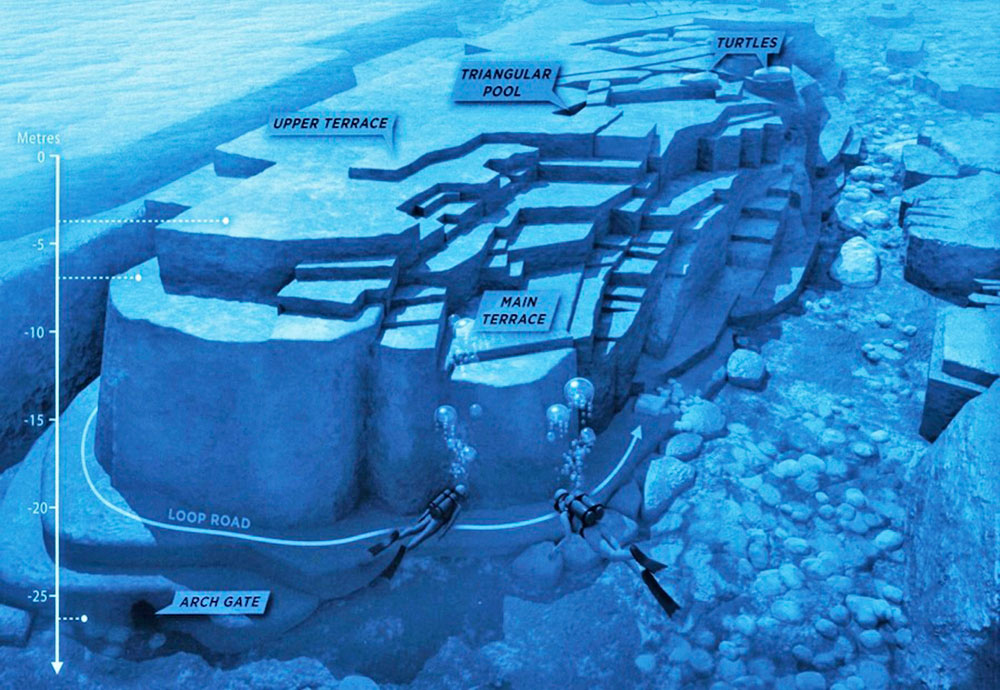
Atlantis and the Global Memory of a Lost Age
No discussion of sunken worlds can avoid Atlantis. Plato’s description — a vast maritime power destroyed in a single night of floods and earthquakes — has inspired generations.
While mainstream archaeology treats it as allegory, new geological and archaeological discoveries have made the story less far-fetched.
-
In the Azores, sonar imaging has revealed unusual formations on the Atlantic seabed.
-
Off the Bahamas, the Bimini Road — a series of rectangular stones — has sparked debate about whether it’s a natural formation or the remnants of human engineering.
-
In Sundaland (today’s Indonesia and Malaysia), scientists have mapped vast submerged lands that could have supported millions of people before sea-level rise.
Could “Atlantis” be not one place, but a collective memory of the world’s drowned coasts — the many civilizations erased by melting ice and rising seas?
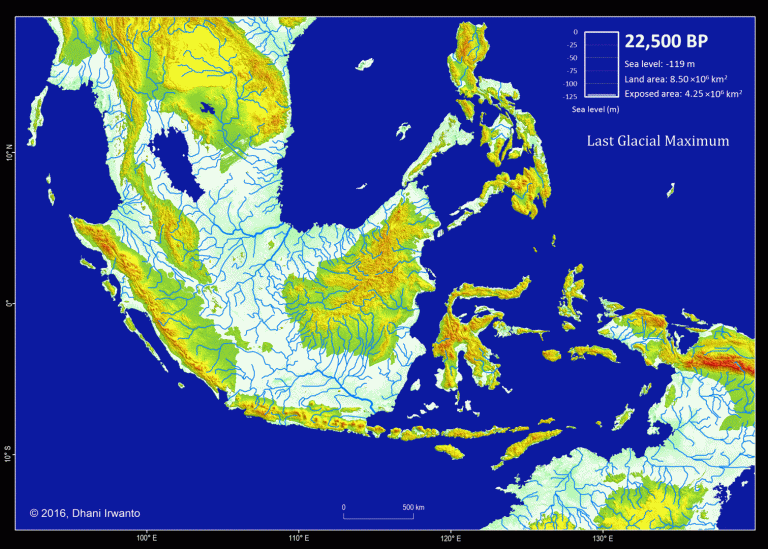
A Planet That Forgets
Plato once wrote that humanity forgets its past after each cataclysm. The sea, it seems, is the great eraser — yet also the great preserver. Beneath layers of sediment and coral may lie the physical proof of stories once dismissed as myth.
Modern sonar, underwater robotics, and LiDAR scanning are now beginning to uncover landscapes hidden for over 10 millennia. Each discovery — from Doggerland to Dwarka — reminds us that history is not a straight line, but a circle of rise, collapse, and rediscovery.
Key Concepts
-
Post-Ice Age sea rise submerged vast coastal civilizations.
-
Doggerland, Dwarka, and Yonaguni offer tangible evidence of ancient habitation.
-
Global flood myths may preserve memories of real geological events.
-
Advanced surveying technologies are rewriting prehistory.
-
Humanity’s story may be far older and more cyclical than we’ve assumed.
Additional readings
-
National Geographic – “Doggerland: The Lost World Beneath the North Sea”
-
Indian Archaeological Survey – “Dwarka: India’s submerged ancient city”
-
Science News Today – “Japan’s Mysterious Yonaguni Monument”
-
Graham Hancock – “Underworld: The Mysterious Origins of Civilization”
